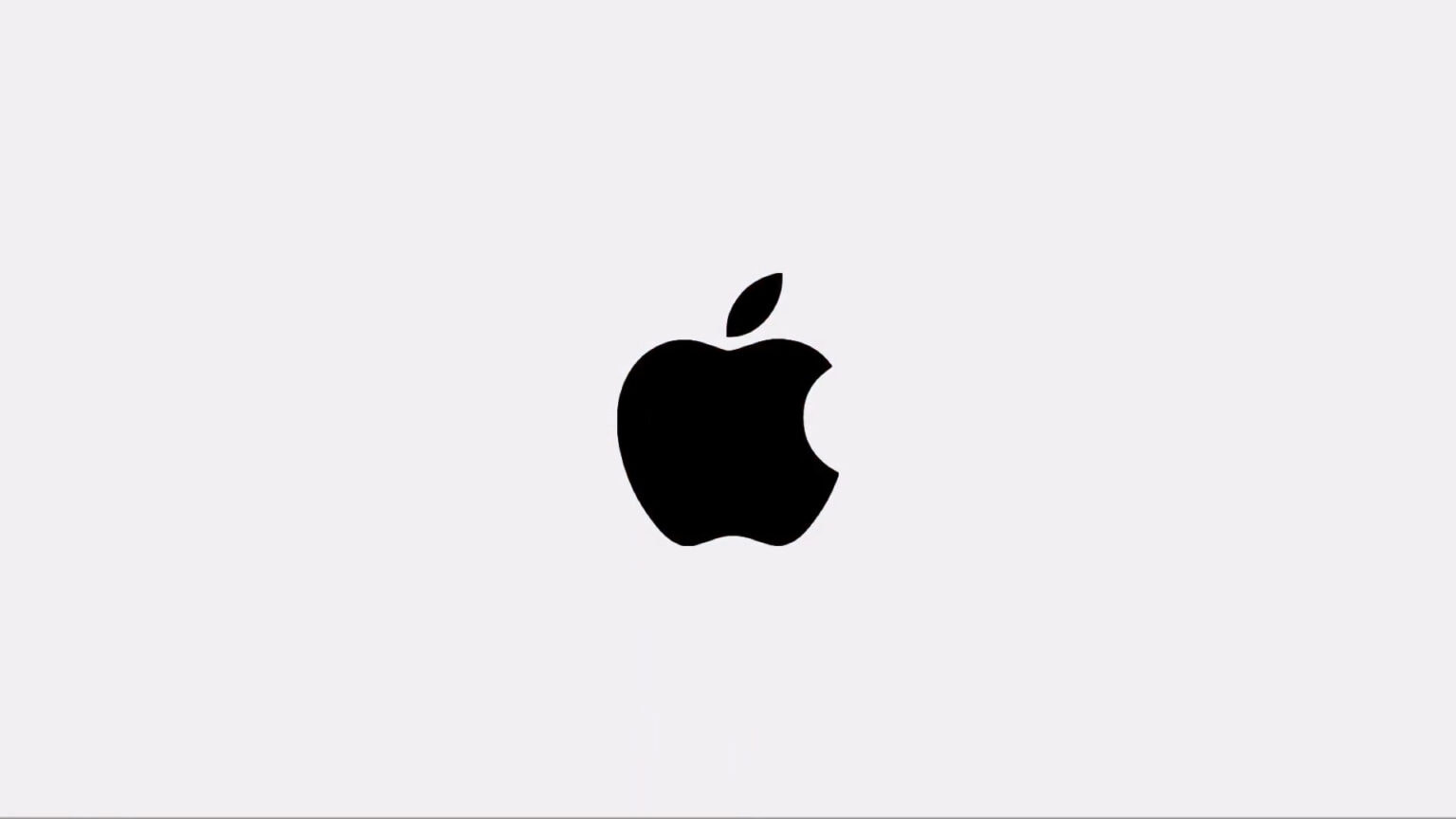
Apple Requires Netflix and HBO More Than the Companies Require It
Apple is not having an easy time getting giant media companies on board with its video and news services.
As per reports, Apple (NASDAQ: AAPL) is getting ready to initiate a couple of new services next month. The company is anticipated to launch a subscription news aggregation service. It is based on its acquisition of Texture last year. Moreover, it’s going to initiate a service for aggregating streaming video, secured by its investment of $1 billion in original content.
CNBC reported that Apple is now putting the final touches on its new streaming video service as per sources familiar with the subject and it is expected to go live in April or early May.
The video service of Apple will permit customers to subscribe to various digital streaming products and view in the iOS TV app. In addition, the report states that Apple has plans to keep it very simple and permit consumers to view all TV shows in a single app, instead of necessitating them to start separate apps for each service.
However, when it comes to their share of sales, Apple has gotten into conflicts with some giant media companies. As per The Wall Street Journal, Apple is keen on retaining 50% of revenue from its news subscription service. For the time being, reportedly, Apple will obtain 30% of subscription video revenue for its video service.
It’s not a matter of surprise companies recoiling at those fees, which are higher than the normal fees Apple charges. The high fees charged by Apple is the major reason why Netflix (NASDAQ: NFLX) removed the ability to subscribe to its service in an app. To imagine it would pay a higher fee to provide Apple even more access to its viewer data is senseless.
A loss leader strategy is what Apple needs to consider
In order for Apple to make its content aggregation services a success, it should follow the footsteps of Netflix or AT&T-owned (NYSE: T) HBO Now and consider offering free publicity to services. Both the mentioned services are popular enough that the lost revenue from subscriptions is minimal. However, their ability to attract customers to Apple’s new service could be immense.
36% of households subscribe to two or more streaming video services as per a survey conducted by Parks Associates. In case Apple can offer a convenient way for subscribers to view all of their paid content in one app, it will certainly draw a lot of viewers to its platform. It opens up a pathway for Apple to sell them extra subscriptions to less well-known services depending on what they view in more sought-after channels such as HBO or Netflix.
Or else, Apple will not have an easy time persuading consumers to change their behavior. No doubt, it’s already investing a lot in its own content to attract viewers, however, that won’t essentially make it a hub for video entertainment.
It’s not certain as to how Apple plans to split news revenue from its subscription service. In case the formula weighs content from Entertainment Weekly with the same merit as in-depth reporting from The New York Times or The Wall Street Journal, it’s not difficult to perceive how the latter two might get disturbed. The charge of The Wall Street Journal per month subscription is as much as $39 while EW charges less than $2 per month.
The thing Apple is presenting media companies like HBO, Netflix, The New York Times and The Wall Street Journal is access to its colossal audience of 1.4 billion active devices, out of which 900 million users on the iPhone. However, these larger companies don’t require direct access to the audience Apple offers.
Last year, Netflix used over $2 billion on marketing. You know about Netflix and its hundreds of originals. For 17 years HBO led the world in Emmy nominations until Netflix topped it this year. You would be hard-pressed to come across a news reader that’s never considered The Wall Street Journal or The New York Times.
As a matter of fact, if consumers would like to find quality content, they’ll find the above mentioned companies with or without the help of Apple. Apple’s significance can be seen only in smaller media companies that may center on smaller niches or may perhaps lack the marketing budgets to reach their full potential audience. It is where the company can extract value.
Apple has to end the worry about the margins on its services. What they need to do is confer special terms with the dominant companies in subscription video and news so as to get them on board with its services. It’s not going to be an easy ride for Apple to draw customers without those deals in place, even though all 900 million iPhone users will right away get access to $1 billion in content. A smaller margin of a larger business is a lot more precious than a large margin of a small business.






